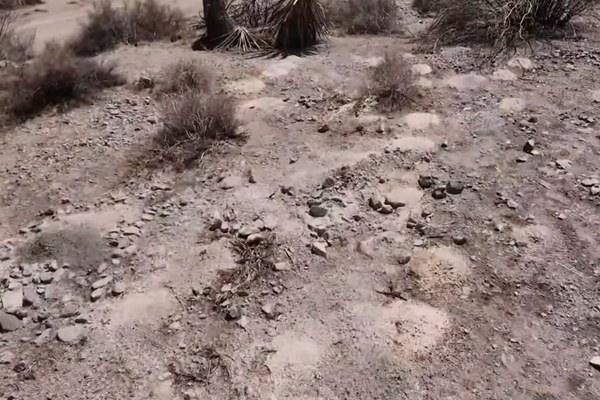AN expert from the University of St Andrews has developed a tool to identify dolphins and their regional accents.
Dr Julie Oswald, from the University of St Andrews' Scottish Oceans Institute, came up with the idea of creating a tool to make dolphin identification easier a few years ago.
After years of developing the project, she created a groundbreaking tool that uses machine learning to identify dolphin species based on their calls.
Dolphins living along the Scottish coast have regional accents, much like humans do.
Called the Rocca, the Real-time Odontocete Call Classification Algorithm, the tool is now widely used throughout the world.
The ROCCA was one of the winners of the Earth Rangers 2024 Conservation Technology Award, which recognises innovations and technology-driven solutions that make measurable conservation impacts.
With approximately 42 species of dolphins, these intelligent creatures use a vast array of sounds to communicate. From an early age, dolphins begin to mimic the sounds they hear, with some even developing a distinct “signature whistle” that they use to identify themselves throughout their lives.

“Being able to listen to dolphins and know what we're listening to opens up just a whole new world,” said Oswald about the Rocca.
“We need [the Rocca] because we spend a lot of time, trying to study dolphins and they spend a lot of their time underwater where we can't see them."
After using the hydrophone, scientists will have recordings of various sounds, but as Oswald explained “different species of dolphins can sound quite similar to one another,” making the identification process challenging and meticulous.
The identification process is even more complicated as “the ocean is a noisy place with all sorts of noises”.
Many people mistakenly believe that the ocean is a silent, tranquil place. In reality, the ocean is teeming with sound. From the calls of marine animals to the natural noises created by underwater currents, volcanic activity, and human-made sounds like ships and sonar, the ocean is anything but quiet.
The Rocca “looks at subtle differences in the sounds between species” and the tool will tell you what species it is, explained Oswald.
“It's used all over the world. So I have because dolphins in different places, the same species and different places sound different from one another.
Do dolphins have accents?
DOLPHINS in Scotland will produce different sounds due to their locations, with some having higher or lower pitches, and others making longer calls, explained Oswald.
“Dolphins are vocal learners,” said Oswald.
“So like us, they learn to produce the sounds that they produce.
“For example, Bottlenose dolphins in Scotland are surrounded by a group of another group of bottlenose dolphins that they're learning sounds from. They're in a specific acoustic environment that they're learning sounds from and bottlenose dolphins in California are with different individuals and surrounded by different environmental sounds," she added.

In contrast, bottlenose dolphins in California interact with different individuals and are surrounded by different sets of environmental sounds, leading to a variation in the sounds they learn and use.
“They're learning slightly differently, and those differences add up over time and lead to their sounds sounding different, having different accents in different places,” said Oswald.
What is the next step for Rocca?
WHILE the Rocca is only used for dolphins, Oswald said that she has plans to expand its use to different types of animals such as terrestrial mammals or birds.
“It would be very easy to extend it to include whales, but also to include terrestrial species, birds, frogs, yeah, any of those things could be included.
“I was talking to my collaborators in Africa who told me that on their hydrophones, they sometimes can hear the birds in the jungle,” which brings a whole new dimension to the Rocca said Oswald.







